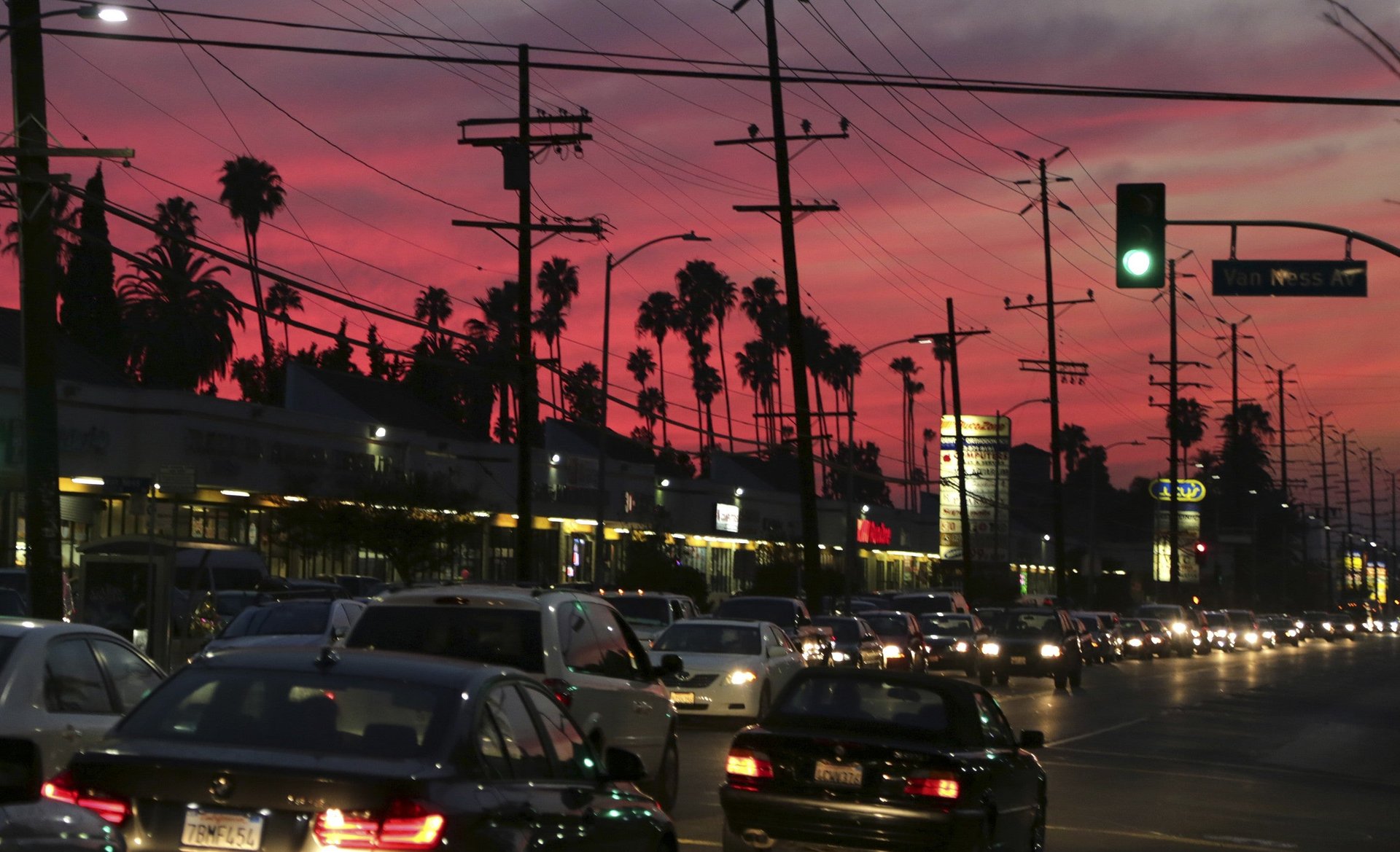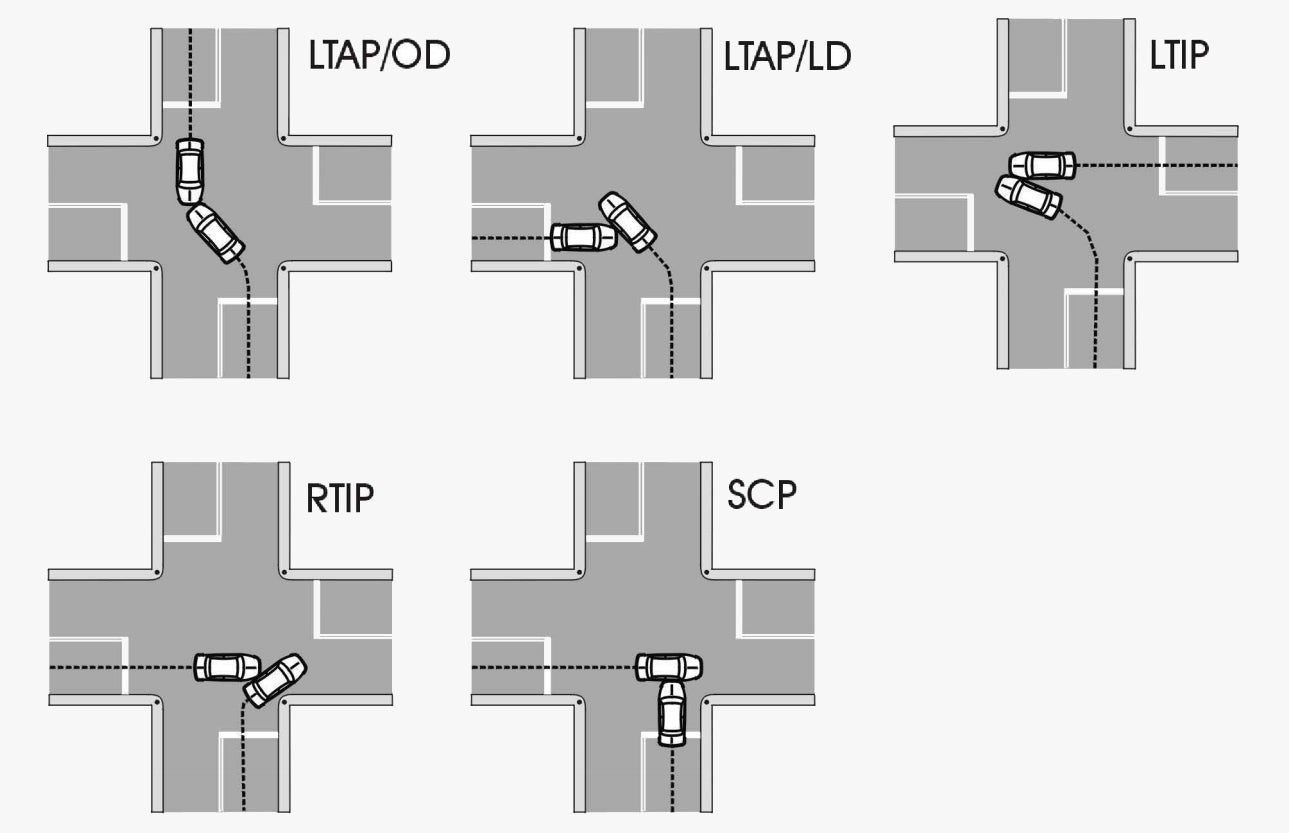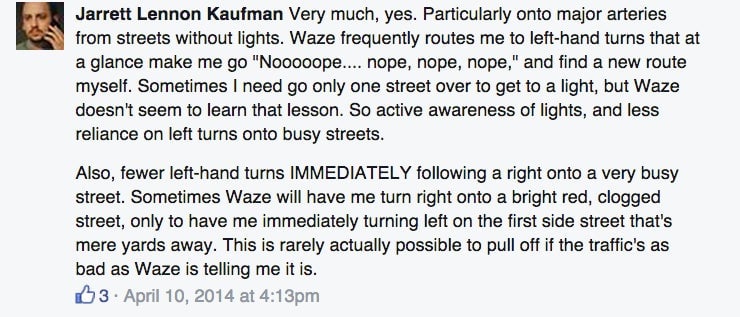The “Waze left” may be coming to an end
The navigation app Waze is beloved for exploiting shortcuts, avoiding traffic, and proving that the shortest distance between two points is not always a straight line. But its sinuous directions can also be a source of annoyance for drivers, who are often asked to make treacherous left turns through oncoming traffic at dicey intersections.


The navigation app Waze is beloved for exploiting shortcuts, avoiding traffic, and proving that the shortest distance between two points is not always a straight line. But its sinuous directions can also be a source of annoyance for drivers, who are often asked to make treacherous left turns through oncoming traffic at dicey intersections.
Now the company is studying how to limit those white-knuckled maneuvers, which have become known as the “Waze left.”
“We’re looking at reducing that occurrence in our routing algorithm,” Paige Fitzgerald, the manager of Waze’s partnerships with government agencies, said in an interview. She said the company was responding to complaints by users and “pushback in the press.” Waze, in a statement, confirmed the effort but said a change isn’t imminent.
The Israeli company was acquired by Google in 2013 and contributes some information to Google Maps, though the apps remain separate. Waze stands out in an increasingly competitive industry for its crowdsourced data on driving conditions and aggressive directions that can include difficult, unprotected left turns.
Though the turns are perfectly legal, drivers have good reason to be concerned: 60% of collisions at intersections with traffic signals in the United States involve a car turning left, compared to 4% with right turns, according to the agency in charge of road safety (pdf). In part, that’s because there are more ways to run into trouble turning left:

Of course, it’s impractical to get places without ever turning left. And many Waze users argue that the app’s sometimes perplexing routes are usually vindicated by early arrival times. The Waze left, in that sense, is a feature and not a bug. The company has a huge following of users who won’t drive anywhere without consulting the app, and collect points by reporting congestion, speed traps, and hazards to fellow “Wazers.”
Still, the Waze left is a regular source of complaints among users.
Last year, the company posted an article on Facebook about UPS delivery trucks avoiding left turns and asked, “Would you like less left-hand turns on Waze?” The replies to the post are telling:


Waze has responded to some complaints on Twitter by telling users it’s working on improving left-turn routing through specific intersections. In a statement to Quartz, the company said:
We are working every day to create a more safe environment for the local communities we serve—incorporating driver feedback and public data from our Connected Citizens partners. In some cases like this one, that means looking closely at our routes around hard left-hand turns. We’re excited to remain innovative here, although as of now there are no immediate plans to change our algorithm for implementation.
The Waze left is particularly controversial in Los Angeles, where traffic is a part of everyday life and there is at least one Waze user for every four car commuters in the metro area. In a lively thread on Reddit, some Angelenos referred the Waze left as “suicide.” Others were more trusting of the algorithm. “Waiting for a break in traffic at one of these streets (even if it’s a minute or more) can still save you five minutes of trying to get through a congested traffic light,” wrote one user.
Waze and the city share data in order to address congestion and safety concerns. Fitzgerald said LA has not complained about left turns. She said the city was ”most focused about how to not send people down side streets,” a point of contention for residents of formerly sleepy neighborhoods that have become popular shortcuts suggested by Waze.